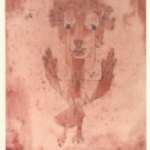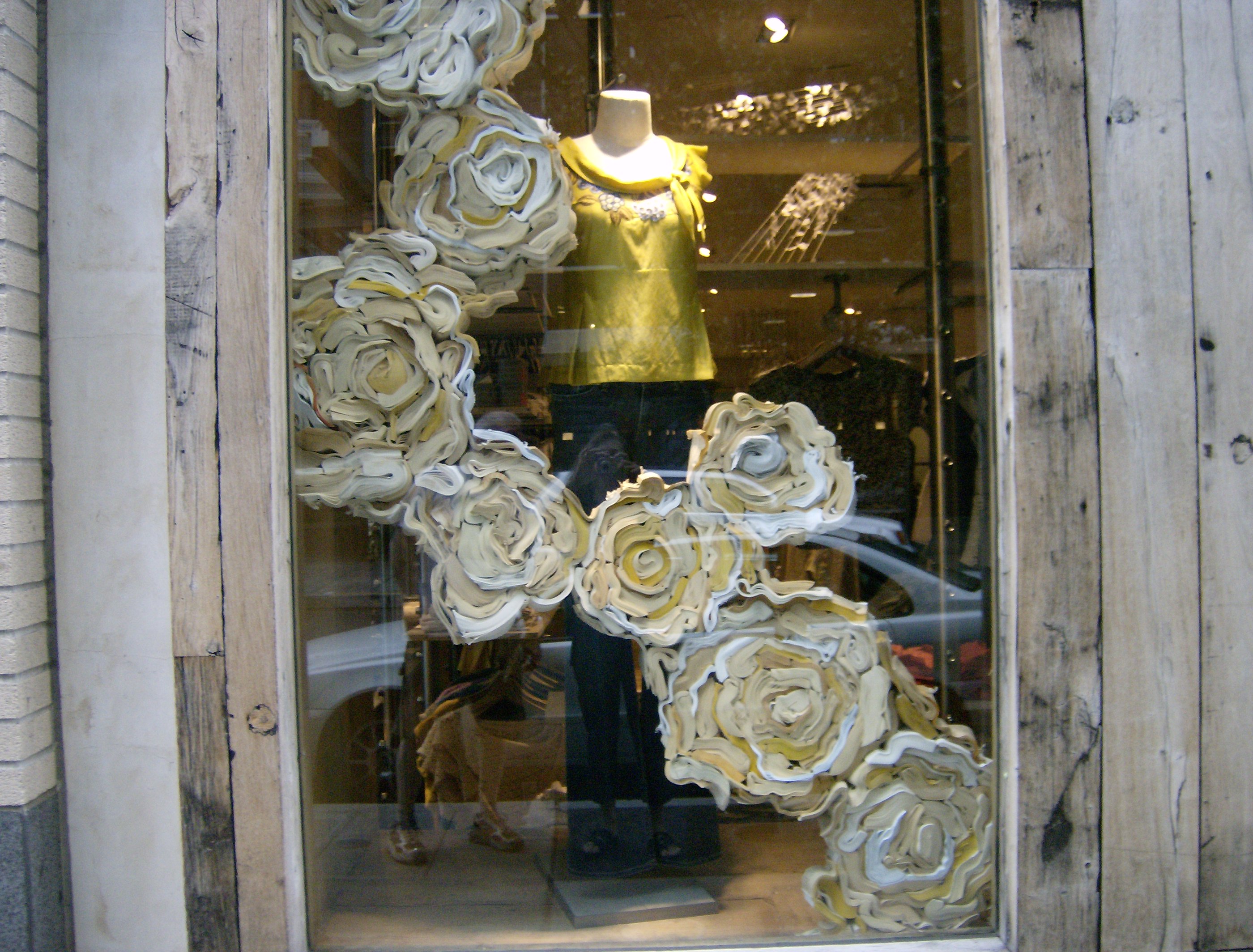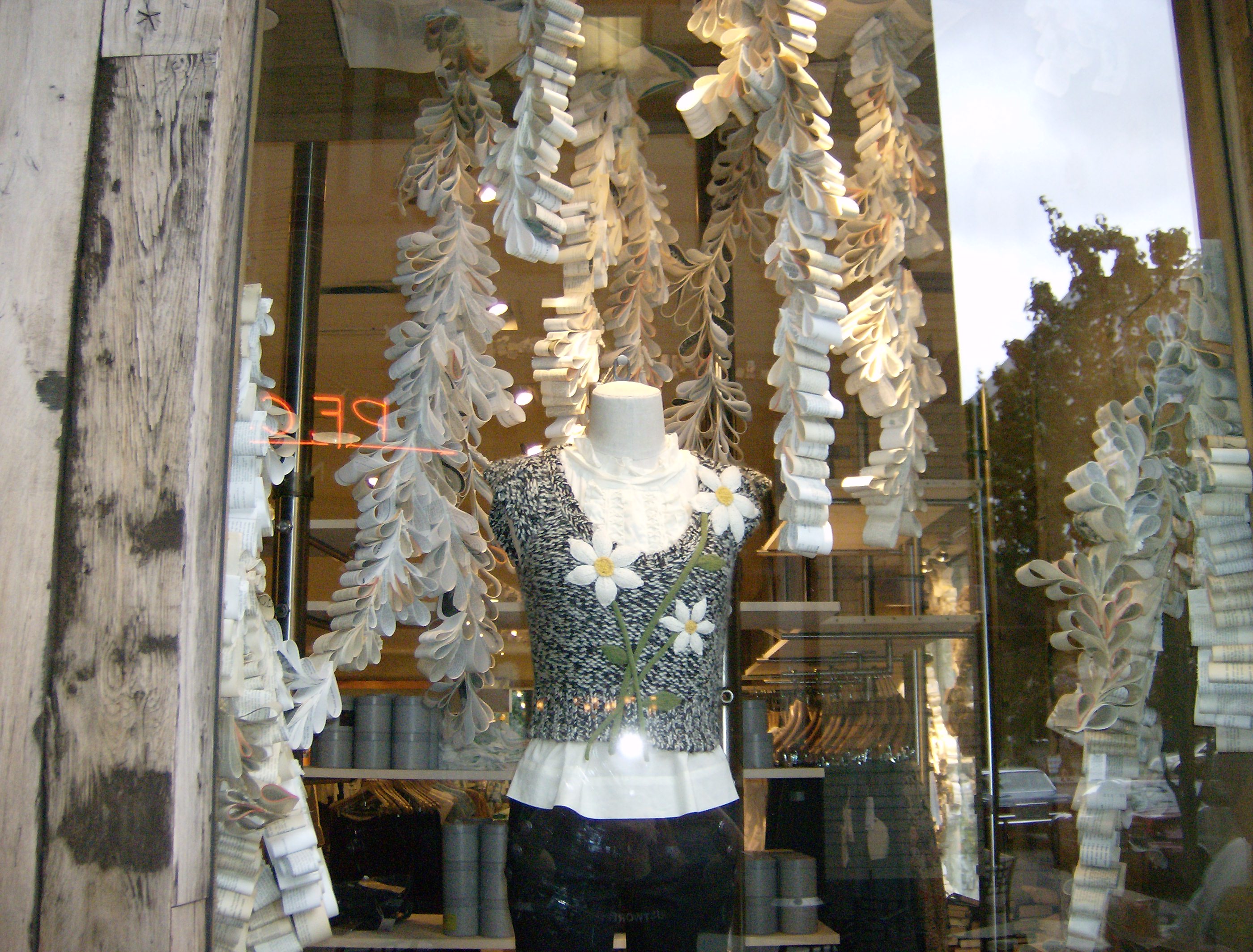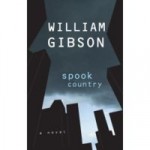Ain’t it just like the night to play tricks while we’re tryin’ to be so quiet?/We sit here stranded, though we’re all doin’ our best to deny it.
Bob Dylan, Visions of Johanna
After what’s happened the last couple weeks, I wonder if we don’t need to take a deep breath, or hold our breath and count to 700 billion, for a start. No colorful displays of Wall Street or Main Street pyrotechnics. No illustrations. Black and white. Or black. Simply dark night and our eyes closed.
The argument whether 2000 or 2001 launched the new century ended on 9/11. That is the defining moment, we are told, in speech after speech, book after book, dividing our lives into “before†and “after.†Why this desire for a life-altering shift? The Wall Street bailout is characterized as a 9/11 rerun, the mortgage crisis as involving instruments of mass destruction. Too bad the president didn’t launch the bailout bid this last 9/11. It would have added a touch of, I don’t know, fearful symmetry to the last seven years.
Art is not immune from this crisis and re-boot mentality. Even literary criticism is burdened with its share of this cataclysmic dread and re-tread. An extreme example is the 2003 book, Crimes of Art + Terror, by Frank Lentricchia and Jody McAuliffe, professors at Duke University. I read it when it was published and thought at the time it was something worth a later revisit, a reality check, after hysteria became cliché. Now we need the hysteria before the morning cup of coffee.
Continue reading Crimes of art









